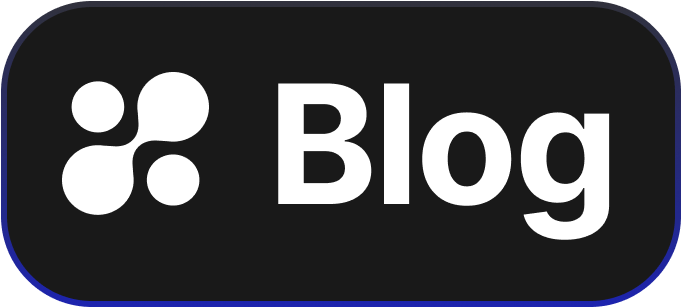Top Identity Access Management Compliance Frameworks for Technology Managers
Technology managers balance innovation and security demands, especially concerning Identity and Access Management (IAM). Understanding compliance frameworks ensures data protection and operational efficiency. This blog lays out the essentials of IAM compliance frameworks, helping you secure your organization's vital assets.
Understanding IAM Compliance Frameworks
In the tech world, Identity and Access Management (IAM) frameworks help regulate who can access your digital resources. They play a key role in safeguarding sensitive information and supporting regulatory standards. These frameworks are crucial if your business deals with customer data, financial information, or intellectual property.
What is an IAM Compliance Framework?
An IAM compliance framework consists of guidelines and best practices designed to manage access to digital information securely. It ensures that only authorized individuals can access certain resources within your organization.
Why Technology Managers Should Care
Technology managers need to select and implement IAM frameworks for several reasons:
- Security: Protect sensitive data from unauthorized access.
- Compliance: Meet industry regulations and avoid legal penalties.
- Efficiency: Streamline access control and reduce operational hurdles.
Key IAM Compliance Frameworks to Know
Knowing the right frameworks can boost your organization's security and efficiency. Here are some of the most prominent IAM compliance frameworks:
1. NIST SP 800-53
What: This framework provides guidelines to protect federal information systems.
Why It Matters: It's widely respected and applicable beyond government use, offering a flexible approach to security controls.
How to Implement: Assess your current digital infrastructure against the NIST controls, identify gaps, and implement improvements.
2. ISO/IEC 27001
What: An international standard for information security management.
Why It Matters: Recognized globally, it provides a comprehensive model for establishing effective security controls.
How to Implement: Develop a structured plan for risk assessment based on ISO criteria and audit regularly to ensure compliance.
3. CIS Controls
What: Essential security controls for cyber defense.
Why It Matters: Prioritizes practical steps to defend against common cyber threats and improve an organization's cybersecurity posture.
How to Implement: Begin with the basic CIS controls and gradually implement advanced measures as your security strategy matures.
4. SOC 2
What: This framework assesses data security, integrity, and confidentiality safeguards for cloud service providers.
Why It Matters: Provides assurance to clients about the security of your systems and data.
How to Implement: Conduct thorough system audits to ensure adherence to SOC 2 principles, focusing on security, confidentiality, and privacy.
Gaining Competitive Advantage with IAM Compliance
Implementing the right IAM compliance frameworks empowers your organization to efficiently manage access while demonstrating commitment to security to stakeholders. This is not just about meeting regulations; it's about positioning your company as a trustable partner in the digital age.
See IAM Compliance in Action with Hoop.dev
Curious about how IAM compliance frameworks can enhance your organization's security? With Hoop.dev, experience IAM solutions tailored for quick integration. Discover how our platform helps you comply with industry standards in minutes. Visit Hoop.dev and see the transformational power of IAM compliance frameworks today.
By aligning IAM solutions with trusted frameworks, your organization can safeguard critical information, meet compliance demands, and reinforce its reputation. Remember, proactive management of IAM isn't just a requirement—it's a competitive advantage. Explore what Hoop.dev can do to simplify your IAM compliance journey.
